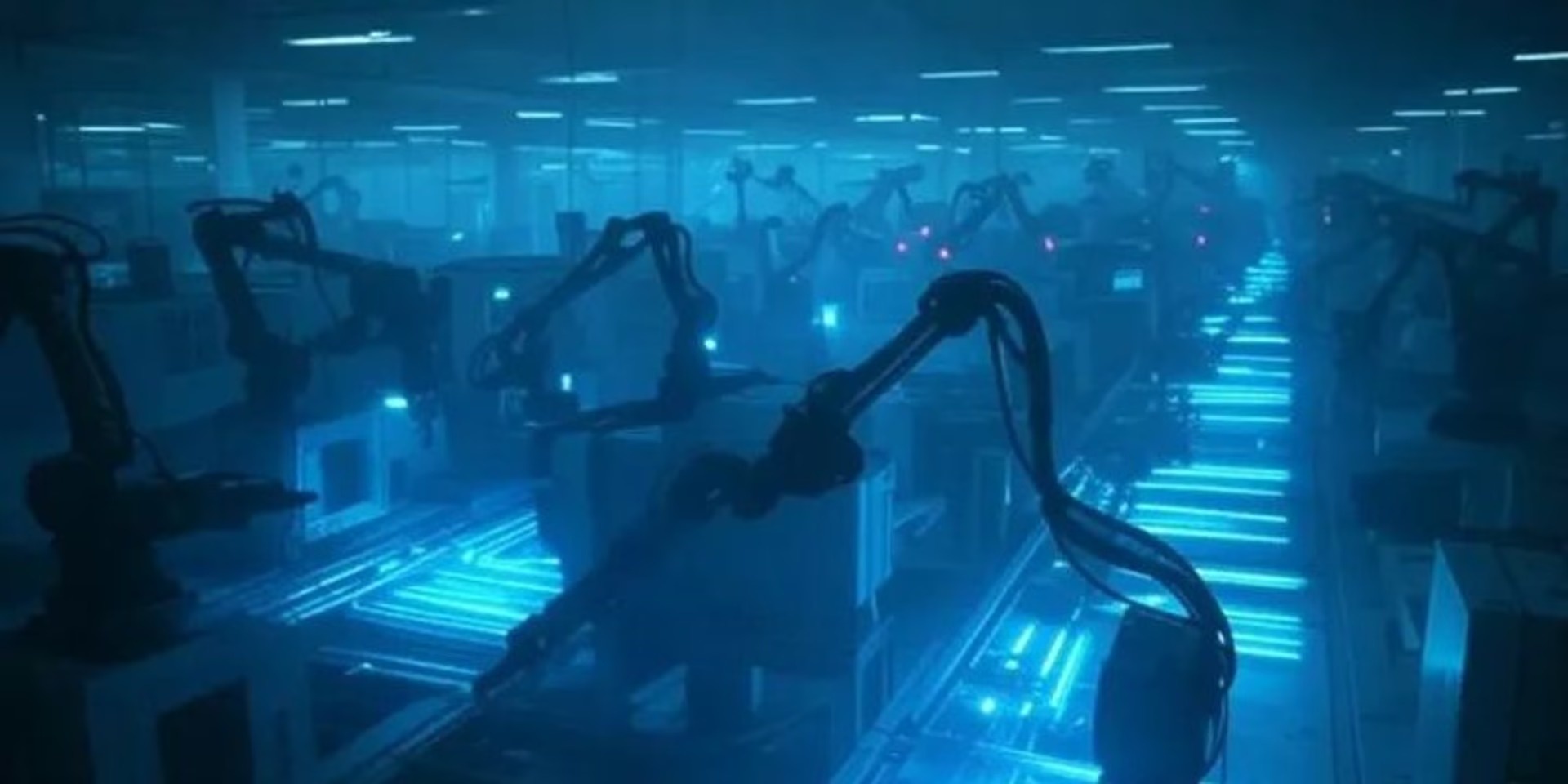
As one of the companies that has always been at the forefront of industrial innovation, Xiaomi surprised everyone in mid-2024 when it unveiled a facility in China that is redefining the standards of modern manufacturing. This factory has no workers at all, also known as a "shadow factory".
The name is more than just symbolic. The factory actually operates in the dark as none of the operations require light, especially since the entire process is done by robots and AI.
Where robots completely replace humans
Located in the Beijing Economic and Technological Development Zone, Xiaomi's factory has a 91% automation rate, with key processes such as large-scale molding reaching 100%. Here, there are more than 700 robots working continuously, performing multiple tasks from welding, painting to assembly and quality inspection.
According to Interesting Engineering , this unmanned factory covers 81,000 square meters, equivalent to 11 football fields. Xiaomi's $330 million factory is part of the HyperIMP Ultra-Intelligent Manufacturing Platform - an AI-powered ecosystem where machines not only follow orders but also think, adapt and optimize.
The "shadow factory" is expected to have a production capacity of 10 million devices per year, including two foldable smartphone lines MIX Fold 4 and MIX Flip, which will lead the company's product portfolio in the coming years.
In addition to being fully automated, the megafactory also features a smart dust extraction system, eliminating the need for janitorial services. Quality control algorithms identify potential errors before they occur, automatically adjusting production.
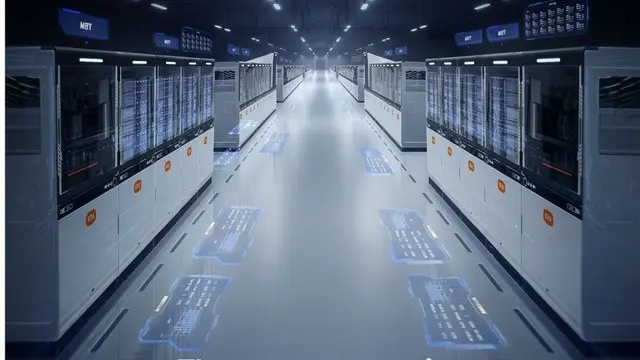 |
Inside Xiaomi's "shadow factory". Photo: X/Lei Jun. |
“We have 11 production lines. 100% of the main processes are automated. We have developed all the production and manufacturing software to achieve this,” said CEO Lei Jun.
According to GizmoChina , since the beginning of 2019, Xiaomi has been integrating extensive automation into its manufacturing process. The company's smart factory in Yizhuang (Beijing) is fully operational and ready for production.
Previous reports said that the first phase of the Yizhuang factory will play a key role in the production of Xiaomi's first book-style foldable smartphone, the Xiaomi Mix Fold.
Xiaomi's early adoption of smart manufacturing underscores the company's ongoing commitment to improving technological efficiency at its manufacturing facilities, according to Chinese media.
Employment challenges
With more than 6 million factories in operation, China is recognized as the world's largest manufacturing center.
Xiaomi's new facility, however, highlights a quiet transformation: the rise of the "shadow factory," which not only automates steps but also removes human presence from the factory environment altogether.
The adoption of the worker-free factory model also reflects a global movement toward digitalization and the use of advanced artificial intelligence in industry.
In China, this model also responds to challenges such as rising labor costs, pressure on efficiency, and the need for large-scale production with smaller error margins.
The rapid spread of this factory model also raises concerns about jobs. According to the Future of Jobs Report from the World Economic Forum, about 23% of jobs are expected to undergo significant changes in the next five years due to automation and artificial intelligence.
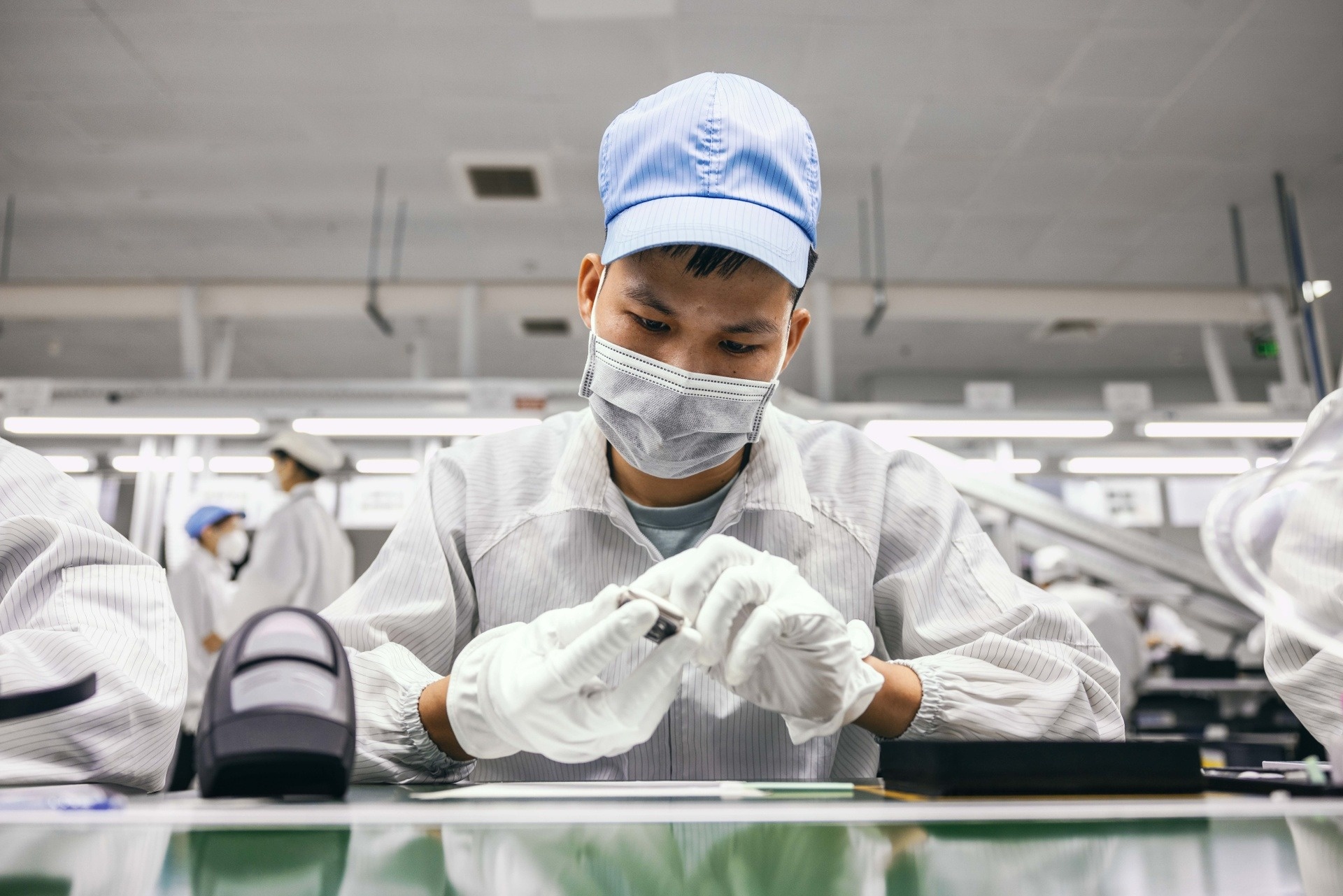 |
Workers assemble Apple Watches at a factory in Vietnam. Photo: Apple. |
Another report also found that up to 83 million jobs are expected to be eliminated, while 69 million jobs will be created, with a focus on roles focused on technology management and optimization.
However, the report highlights that 44% of current skills are expected to become obsolete, requiring large-scale retraining.
Despite the concerns, there is a consensus among experts that industrial automation, as illustrated by Xiaomi's "shadow factory," will bring concrete benefits in terms of efficiency, sustainability, and cost reduction.
As China rapidly moves forward with its worker-free factory model, other countries are closely watching the practical and ethical implications of replacing human labor with robots.
The future of the industry is expected to depend not only on technology, but also on the ability of governments and companies to adapt to this new production model.
Source: https://znews.vn/what-is-in-the-house-that-was-without-people-and-no-light-in-china-quoc-post1573226.html








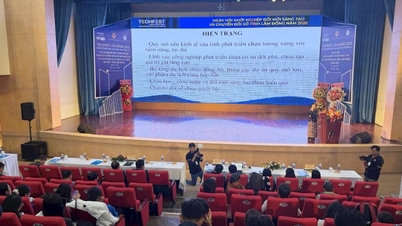


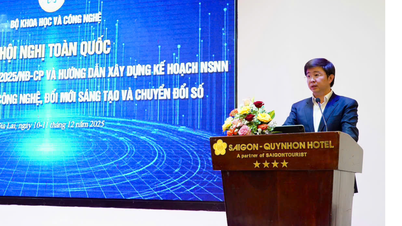

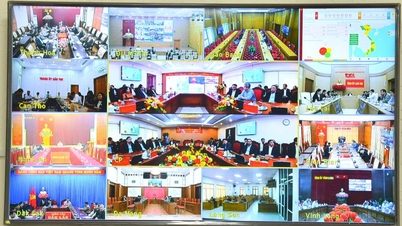

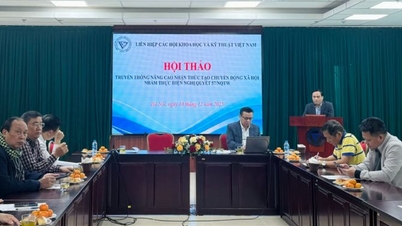















![[Video] The craft of making Dong Ho folk paintings has been inscribed by UNESCO on the List of Crafts in Need of Urgent Safeguarding.](https://vphoto.vietnam.vn/thumb/402x226/vietnam/resource/IMAGE/2025/12/10/1765350246533_tranh-dong-ho-734-jpg.webp)
















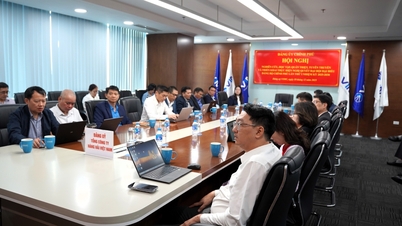



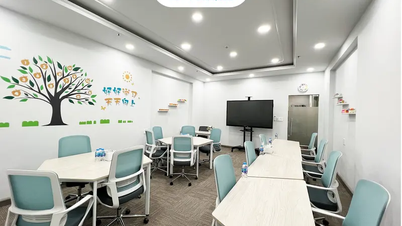















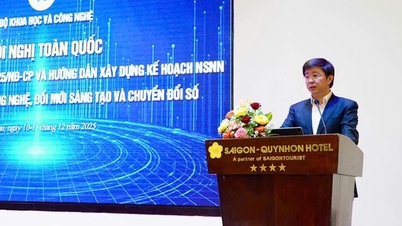



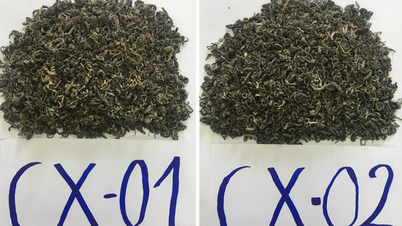


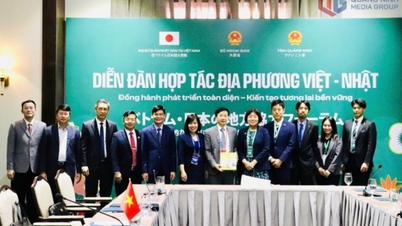

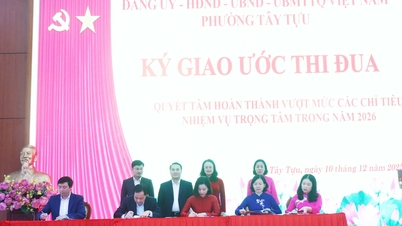
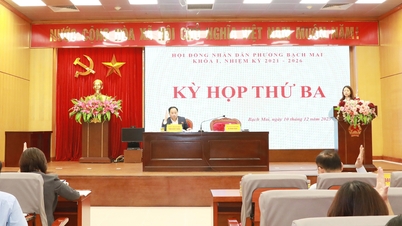
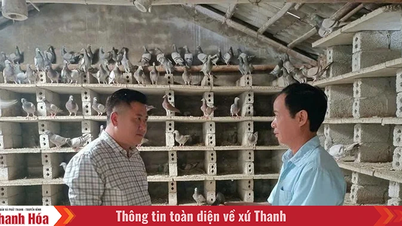



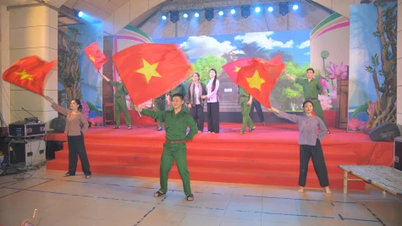













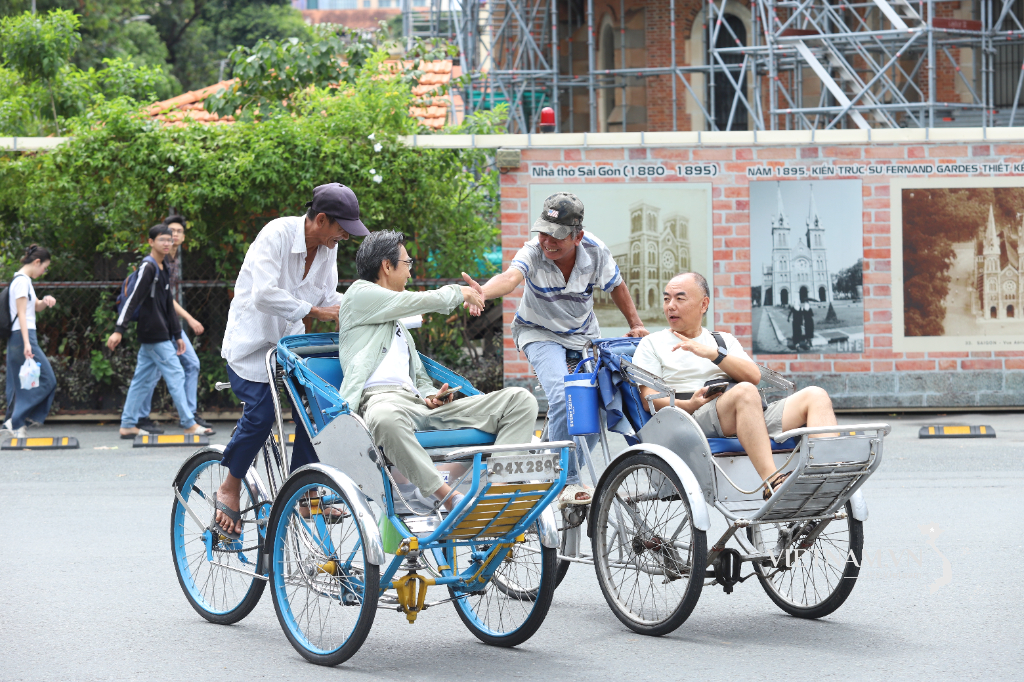





Comment (0)